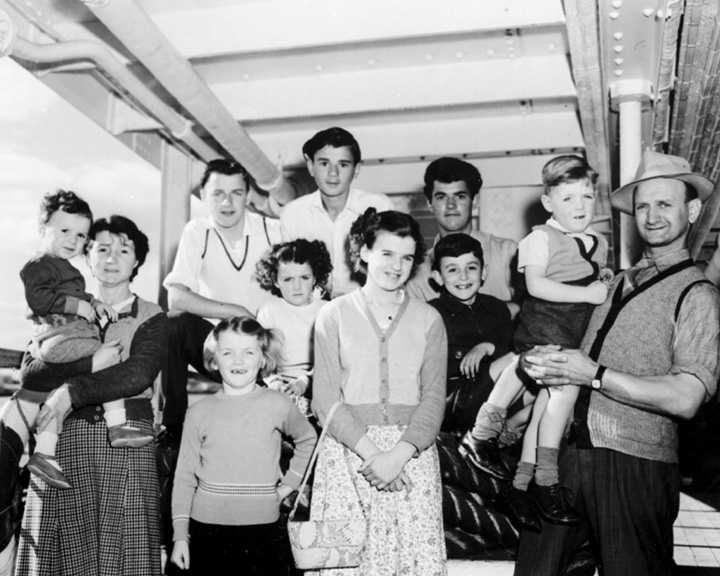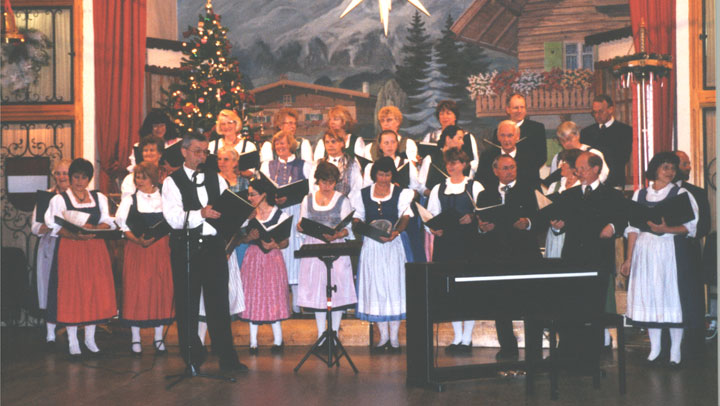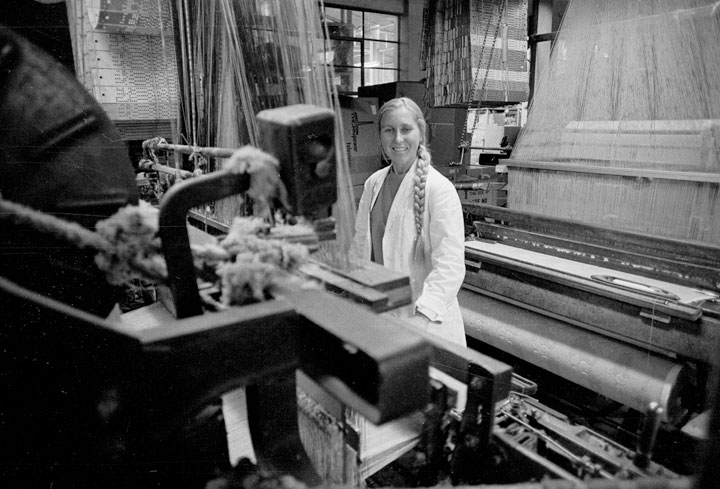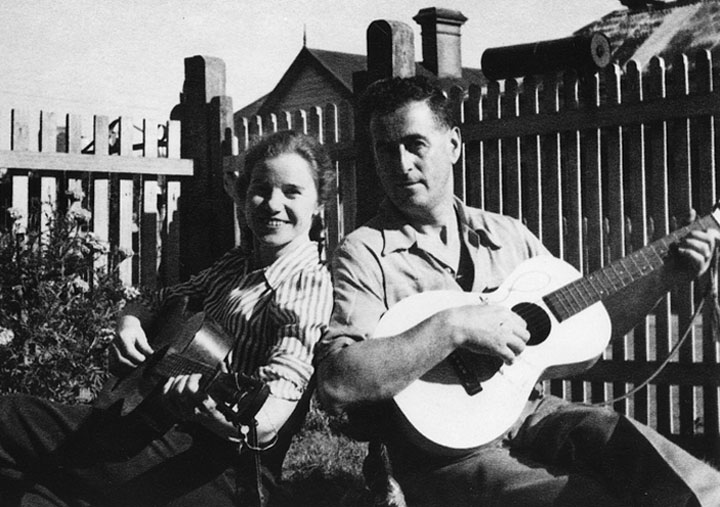Immigration History from Austria (German) to Victoria
Die genaue Bestimmung der Anzahl österreichischer Einwanderer in Viktoria bis Ende des ersten Weltkrieges fällt nicht leicht, wo doch alle aus dem Österreich-Ungarischen Kaiserreich stammenden Einwanderer bis zu diesem Zeitpunkt einfach als Österreicher angesehen wurden.
Eine kleine Gruppe von Österreichern kam während des Goldrausches in den Jahren um 1850 nach Viktoria, unter Ihnen auch Johann Joseph Eugen von Guerard. Er war ein begabter Landschaftsmaler, der erste Leiter der Schule für Malerei an der National Galerie von Viktoria. Im Rahmen einer Reihe von internationalen Ausstellungen kamen in den 1880er Jahren einige Künstler nach Melbourne und ließen sich daraufhin in Viktoria nieder.
Während des Ersten Weltkrieges wurden zahlreiche nicht eingebürgerte aus dem österreich-ungarischen Kaiserreich Stammende inhaftiert. Das Einwanderungsgesetz von 1920 verbot Österreichern die Einwanderung nach Australien und so kam es, dass im Jahre 1933 nur knapp 286 in Viktoria lebten.
Auf Grund der Okkupation durch die Nazis verließen 1939 zahlreiche Juden Österreich. Daraufhin ließen sich bis zum Jahr 1942 2,144 österreichische Flüchtlinge in Australien nieder.
Während des Zweiten Weltkrieges unterlagen österreichische Staatsbürger und zahlreiche Vertriebene einer Reihe von Beschränkungen, oder wurden gar inhaftiert. Nach Ende des Krieges kamen jedoch viele Österreicher mit Hilfe des „Assisted Passage“ Programms nach Australien. Viele zogen nach Viktoria und fanden im Baugewerbe Arbeit. Andere wiederum verdienten Ihren Unterhalt bei der Obsternte oder Hausarbeit. Einige waren hoch qualifizierte Intellektuelle, die die Kunstszene in Australien bedeutend mitgestalteten.
Die Anzahl der in Österreich geborenen Einwanderer erreichte 1960 mit 8,615 ihren Höhepunkt. In den folgenden Jahrzehnten nahm die Zahl allerdings wieder stetig ab. 2011 lebten insgesamt 4,562 Österreicher in Viktoria. Mehr als 57% gehörten dem Katholischen Glauben an, 4% waren jüdischer Abstammung. Die große Mehrheit ist älter als 50 Jahre alt. 35% der Einwanderer sprachen zu Hause deutsch. Obwohl die österreichische Gemeinde immer älter wird, lebt die Kultur, dank verschiedener Einrichtungen, wie zum Beispiel das österreichische Kulturzentrum und der österreichische Chor, weiter. Der Chor veranstaltet jedes Jahr ein beliebtes europäisches Weihnachtskonzert. Heute leben Österreicher verteilt im ganzen Lande und ein Grossteil der Gemeinde ist berufstätig.



